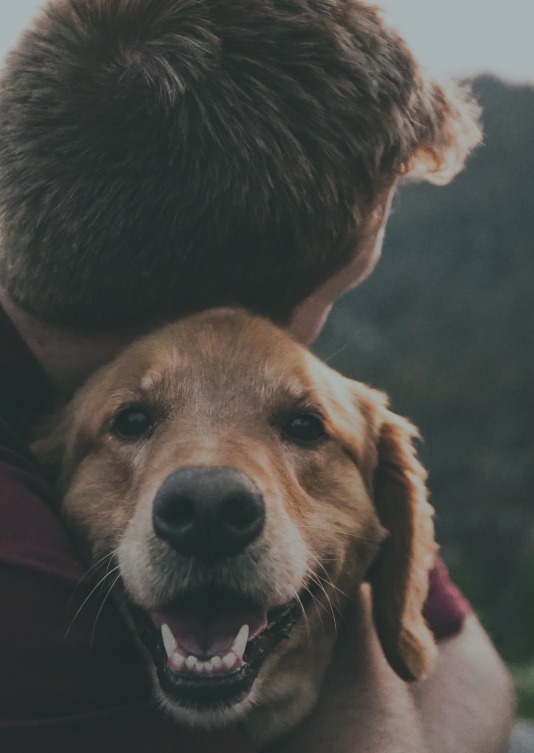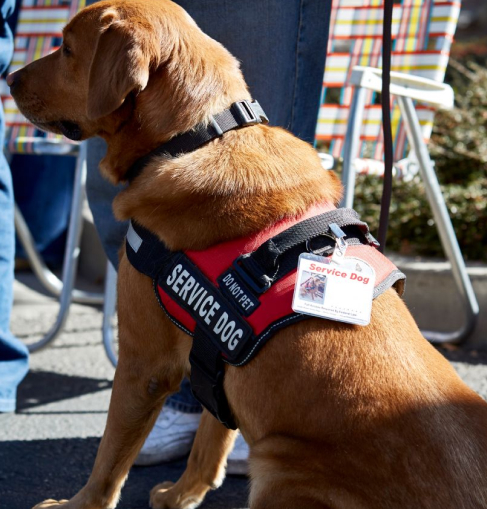As distinct from a pet dog, a service assistance dog, as defined by Titles II and II of the Americans With Disabilities Act (ADA) is any dog that a person with a disability owns in order to help him or her perform certain essential daily and life activities that he or she would not otherwise be able to perform by him or herself.
Within that general definition, certain specific rules, restrictions and guidelines apply. Key among these is that a doctor’s letter acknowledging your disability alone does not turn your pet dog into a service assistance dog. Rather, the tasks the dog performs for you must directly be related to your specific disability. These may include:



















